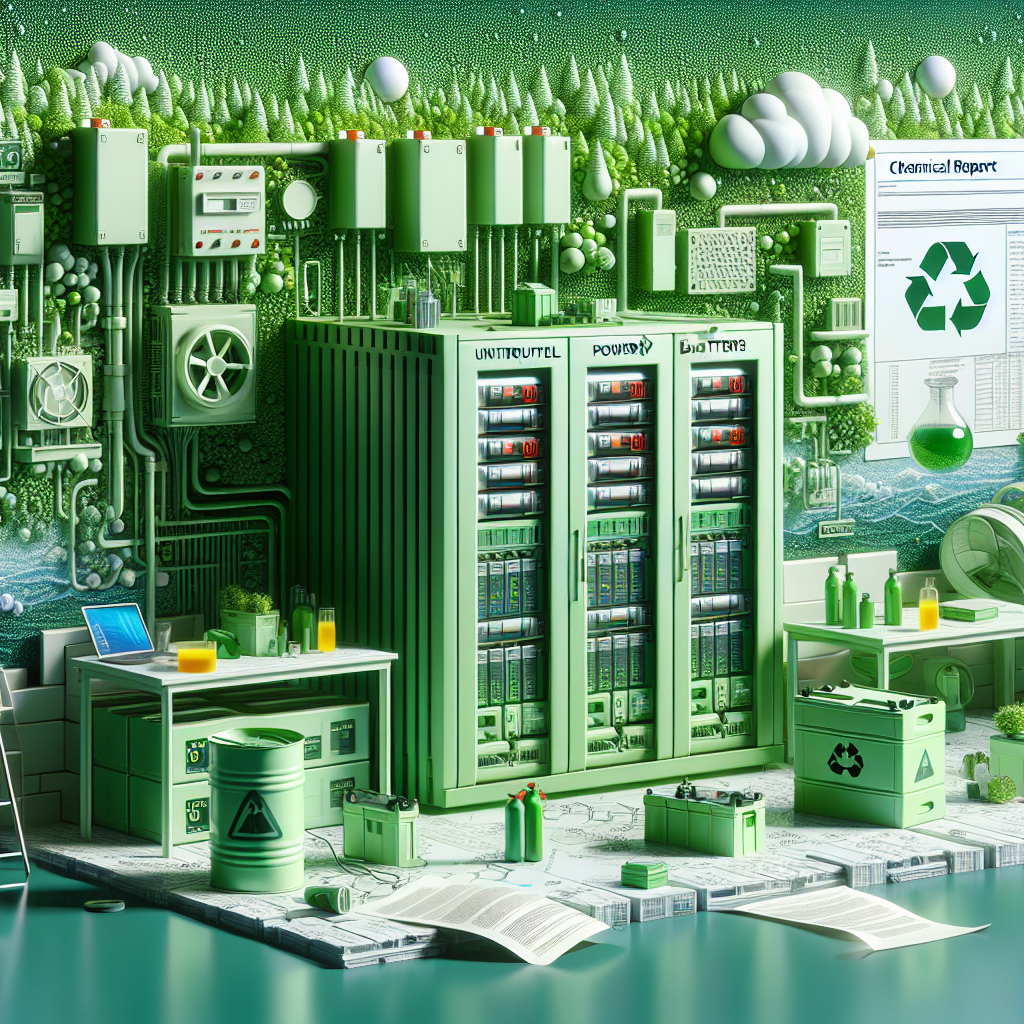Blog Ecobraz Eigre

Nobreaks and battery banks: disposal with chemical report.
Importance of Proper Disposal of UPSs and Battery Banks
The proper disposal of UPSs and battery banks is essential to minimize environmental impacts, since these devices contain chemical and electronic components that can be harmful to the environment and human health. Improper disposal can lead to soil and water contamination due to the presence of toxic substances such as lead, sulphuric acid, among others.
Chemical Components in UPSs and Battery Banks
Battery banks generally use lead-acid batteries, which contain metallic lead and sulphuric acid, both of which are highly harmful to the environment. UPSs also have electronic circuits and accumulators that must be treated properly. For this reason, it is essential to carry out a chemical report that describes the composition of the waste to ensure responsible disposal.
What is the Chemical Report and its Importance
The chemical report is a technical document that details the chemical composition of discarded materials, especially batteries and electronic devices. This report is essential to ensure that disposal complies with current environmental legislation and regulations, guiding the correct handling and treatment of hazardous waste, avoiding environmental damage and risks to public health.
Procedures for the Disposal and Recycling of UPSs and Battery Banks
The process begins with the proper collection of the devices, followed by the analysis of the components contained in the UPSs and batteries. With the chemical report in hand, the institutions responsible for treatment can separate and recycle materials such as metals, plastics and acid, as well as treating the lead to avoid contamination. This procedure reduces the amount of waste sent to landfills and promotes the reuse of raw materials.
Environmental Impact and Benefits of Responsible Disposal
Conscious disposal and proper recycling prevent the release of toxic substances into the environment, protecting the soil, water and local fauna. In addition, the reuse of materials extracted from UPSs and battery banks contributes to the circular economy, reducing the extraction of natural resources and the emission of polluting gases during the manufacture of new products.
Legislation Applicable to the Disposal of UPSs and Battery Banks
In Brazil, federal and state regulations govern the disposal of electronic waste and batteries, such as the National Solid Waste Policy (Law No. 12.305/2010), which requires environmentally appropriate disposal and accountability for the product's life cycle. The chemical report strengthens this regulation, ensuring transparency and control over disposal.
Conclusion
Ensuring the correct disposal of UPSs and battery banks is a necessary environmental commitment to preserve natural resources and protect public health. Drawing up a chemical report is a crucial step that ensures accurate identification of the materials contained in this equipment, guiding proper treatment and efficient recycling.

Deixe um comentário
O seu endereço de e-mail não será publicado. Campos obrigatórios são marcados com *